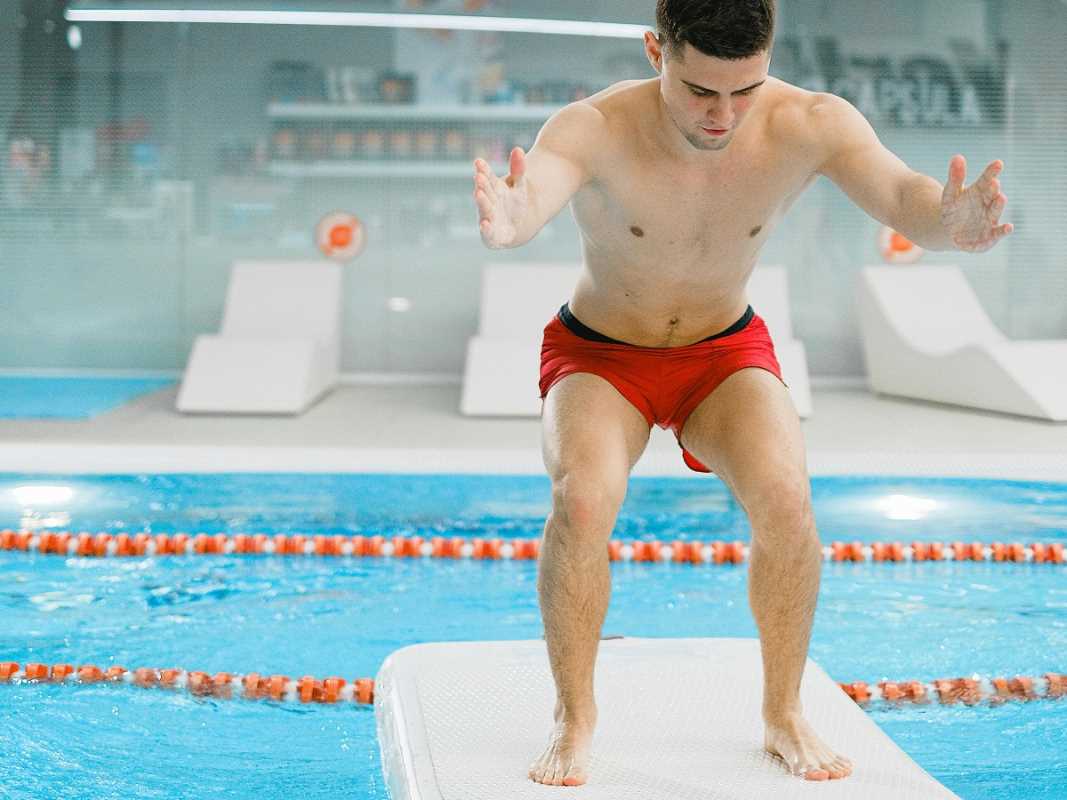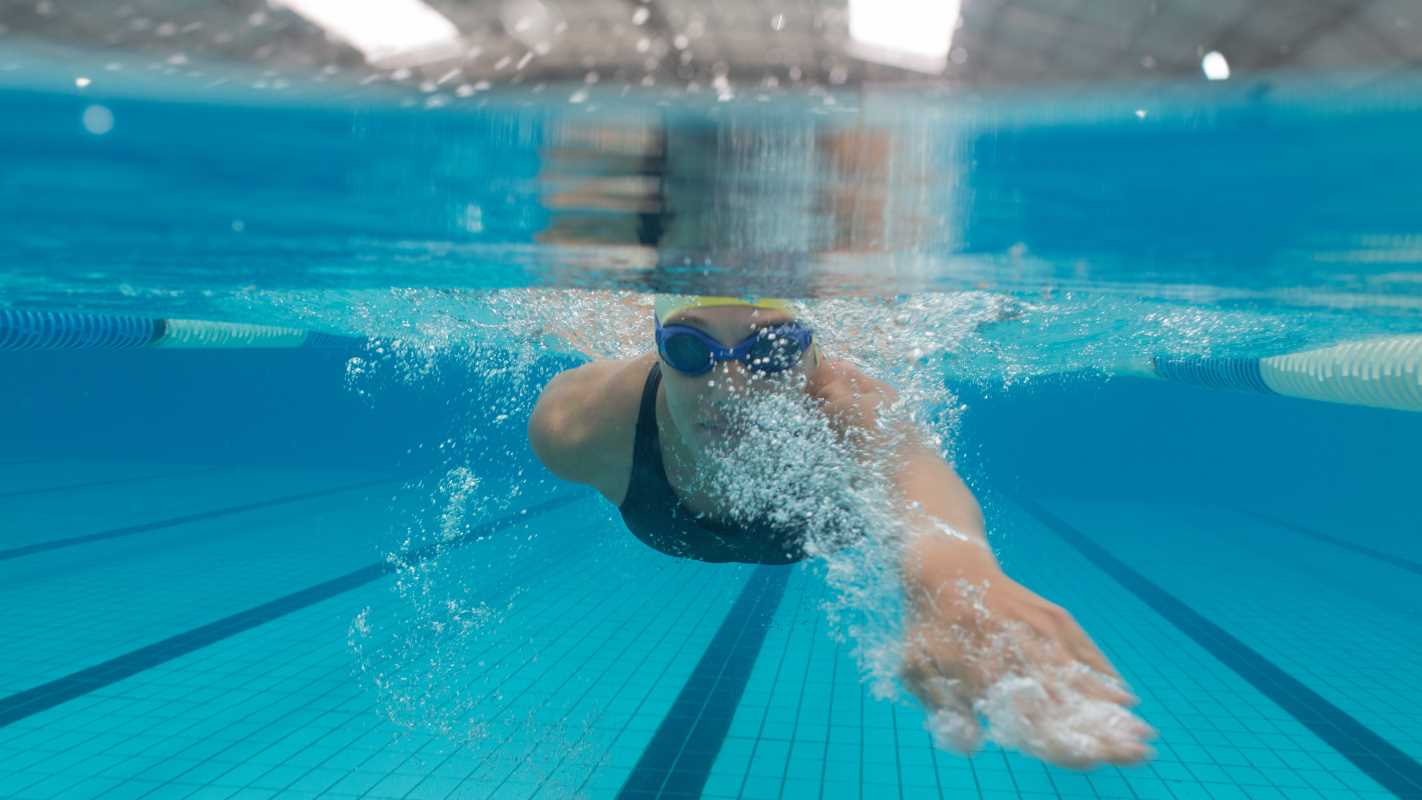Every tennis enthusiast understands that the secret to turning a good shot into a spectacular one often lies in the grip. Perfecting your grip transcends mere technique; it's a gateway to maximizing your abilities on the court. For athletes who are passionate about excelling and setting trends in the sport, grasping and evolving grip methods can significantly impact their game. So, let's explore the fascinating realm of optimal grip techniques and uncover how they can elevate your tennis skills to new heights, transforming not just your play, but your entire approach to the game.
The Importance of Grip in Tennis
Your grip forms the foundation of every stroke you make on the court. It affects not only the power and control of your shots but also your ability to respond quickly to your opponent’s moves. Here are some key benefits of mastering grip techniques:
- Enhanced Control: A proper grip allows for better maneuverability of the racket, giving you greater precision in your shots.
- Increased Power: The right grip can maximize the force you generate, resulting in more powerful serves and groundstrokes.
- Reduced Injury Risk: Proper grip techniques help distribute the stress evenly across your hand and wrist, minimizing the risk of strains and injuries.
- Improved Consistency: Consistent grip techniques lead to more reliable performance, enabling you to maintain high standards throughout a match.
- Adaptability: Mastering various grips allows you to adapt to different playing styles and conditions, giving you a competitive edge.
Innovative Grip Techniques
Traditional grip techniques have served tennis players well for decades, but the evolving nature of the game calls for innovation. Here are some modern grip techniques that are gaining traction among top players:
The Dual Grip: This technique involves using one grip for forehands and a different one for backhands, allowing for seamless transitions between shots. It enhances versatility and can confuse opponents by varying shot dynamics.
The Flex Grip: By incorporating slight adjustments to your grip pressure during different phases of a swing, players can achieve greater control and spin. This adaptive grip responds dynamically to the demands of each stroke.
The Extended Grip: Extending the racket handle slightly in the hand provides additional leverage, increasing power without sacrificing control. This technique is especially useful for baseline players who rely on heavy groundstrokes.
Exploring Grip Styles
Understanding different grip styles is crucial for selecting the right grip techniques that align with your playing style. Various grip styles offer unique advantages, and experimenting with them can lead to significant improvements in your game.
Practical Tips for Athletes
- Assess Your Current Grip: Start by analyzing your existing grip. Identify any weaknesses or areas for improvement by recording your strokes and reviewing them.
- Experiment with Adjustments: Make small changes to your grip angle or pressure during practice sessions. Pay attention to how these adjustments affect your shot quality and control.
- Incorporate Drills: Use specific drills focused on grip variation, such as alternating between grips during rallies, to build adaptability and muscle memory.
- Seek Feedback: Work with a coach or use video analysis to gain insights into your grip technique. Feedback can help you make informed adjustments effectively.
- Gradual Integration: Slowly integrate new grip techniques into your regular play. Start with practice sessions before applying them in competitive matches to ensure comfort and proficiency.
Integrating Grip Techniques into Training
To truly benefit from innovative grip techniques, incorporating them systematically into your training regimen is essential. Developing an optimal grip strategy involves consistent practice and monitoring your progress over time. Here’s how you can seamlessly integrate these techniques into your daily routine:
Structured Practice Sessions: Dedicate specific segments of your training to focus solely on grip techniques. This focused approach ensures that you give adequate attention to perfecting each grip without distractions.
Progress Tracking: Keep a training journal to document changes in your grip techniques and their impact on your performance. Tracking progress helps in identifying what works and what needs further refinement.
Varied Drills: Incorporate a mix of drills that emphasize different aspects of grip techniques, such as speed, power, and control. Variety keeps training engaging and comprehensive.
Regular Assessment: Periodically evaluate your grip techniques through performance metrics and expert feedback. Regular assessment ensures that you stay on track and continue to improve.
By integrating these grip techniques into your training, you can enhance your overall tennis performance, making your game more dynamic and effective. The key is consistency and a willingness to adapt and experiment with new methods.
Master optimal grip techniques to enhance your tennis game and reach your full potential. Embrace these methods, and elevate your performance to new heights.
 (Image via
(Image via





